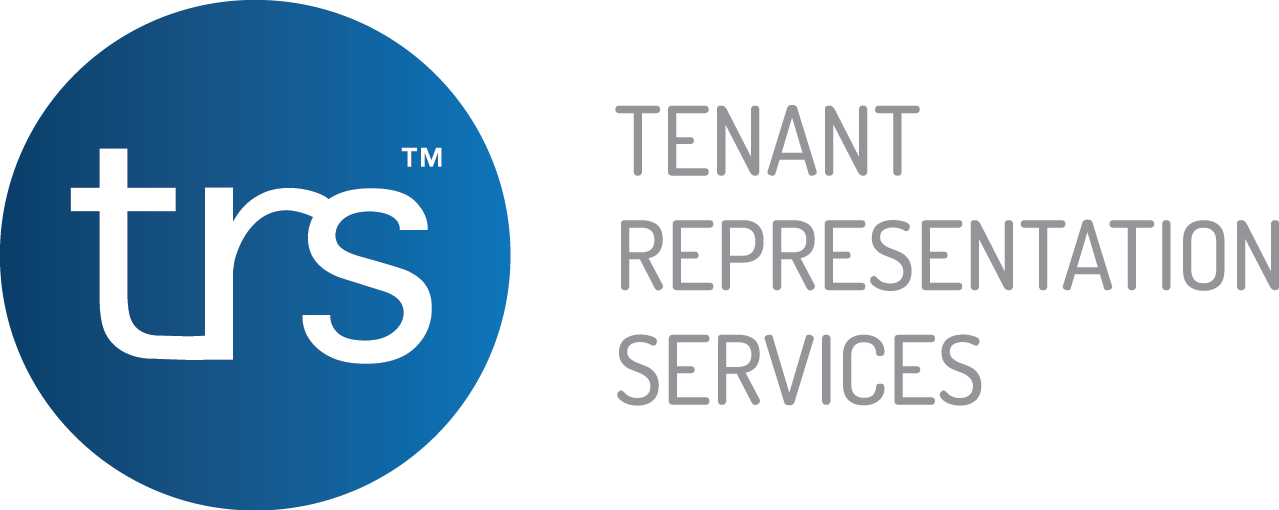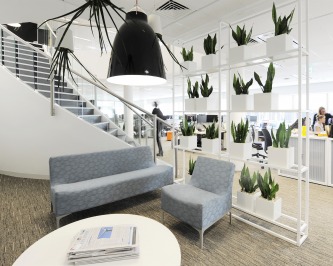At TRS we have been following the discussion around office organisation systems with interest. For businesses constructing a new office space, the office organisation style you choose should reflect your business needs, based on the number of staff in the office and what kind of industry you work in.
If you are considering relocating your office, ask TRS how we can help you.
So how do you figure out what is best for your company? Here are a few of the options:
Traditional office
This style works well for small to medium sized businesses, where each employee can have their own private office or workspace. This system works well for lawyers and accountancy firms, the amount of space each employee needs for books, paperwork and files is significant! Privacy is also important in order to concentrate and have confidential meetings with clients in comfort.
Open-plan
For anything larger than a business with about 10 employees, or sometimes smaller, open plan has become common. As each employee doesn’t have their own office or large dividers, it is more cost efficient. It’s generally accepted to increase communication and efficiency, even if your colleagues overhearing a private conversation is always a distinct possibility.
Non-assigned seating
Some larger organisations have implemented an open-plan arrangement where staff take whichever desk is available each morning. For call centres and other organisations where any employee can work from any station with efficiency, this system may work well.
Hot-desking
Different employees utilise the same space at different times. The positive of this is savings through cost reduction, less space is required and less physical desks. This usually works well for businesses where employees are at work at different times, for example shift workers.
Hotelling
This is similar to hot-desking, however it is based on a bookings system. For larger companies where sales or marketing teams may need to come together at certain times to work on projects, this allows office space to be utilised according to need. Hotelling can be supported by improved phone and email systems that allow employees to have their phone extension and email program where ever they are sitting.
Telecommuting
A term usually synonymous with “working from home”, telecommuting refers to a system of plugging-in to work rather than sitting at a physical desk. With communication technology becoming so efficient, it is possible for employees to work from anywhere in the world, which could include having small offices in a variety of locations. For businesses that involve international travel, this may be more efficient than having one physical location for all employees.
If you are considering relocating your office, ask TRS how we can help you.


